Keeping Your Dog Safe This Christmas: Holiday Tips for Pet Parents
The holiday season is full of festive cheer, delicious treats, and family gatherings, but it’s also a time when dog safety can become a concern. From Christmas trees to twinkling lights, your home may be full of potential hazards for your furry friend. As much as we want our pets to enjoy the magic of the season, it’s important to keep their safety in mind. Here are some top tips to ensure your dog stays safe and sound during the holidays.
1. Be Cautious with Christmas Decorations
While Christmas trees and lights make the holidays extra festive, they can also present risks to your dog. Many dogs are curious and may be tempted to chew on or bat at decorations, so it’s important to take precautions:
- Secure your Christmas tree: If you have a real tree, make sure the base is sturdy and won’t tip over if your dog decides to explore it. For artificial trees, be sure the tree is firmly anchored to prevent it from falling if your dog gets too close.
- Avoid edible decorations: Popcorn strings, candy canes, and other edible decorations are a tempting treat for many dogs, but they can be harmful. Chocolate, in particular, is toxic to dogs, and sugar-free treats containing xylitol can be extremely dangerous. If you decorate with sweets, keep them well out of reach.
- Shiny objects and tinsel: Tinsel and ornaments can be irresistible to some dogs, who may chew on them or even swallow them. Keep these items high on the tree, or opt for safer, non-toxic decorations. Glass ornaments should be avoided or placed higher up, as they can shatter easily.
2. Avoid Harmful Holiday Foods
One of the biggest dangers to your dog during Christmas is the temptation to feed them human food. While it can be hard to resist their pleading eyes, many holiday foods are unsafe or toxic for dogs. Some foods to avoid include:
- Chocolate: As mentioned earlier, chocolate is toxic to dogs, and the darker the chocolate, the more dangerous it is. A small amount can lead to serious health problems like vomiting, diarrhea, seizures, and even death.
- Onions, garlic, and chives: Common in holiday recipes, these ingredients can cause damage to a dog’s red blood cells and lead to anemia.
- Alcohol: Holiday cocktails, wine, or even baked goods containing alcohol can be very dangerous for dogs. Even small amounts can cause vomiting, diarrhea, and central nervous system depression.
- Bones: Never give your dog cooked turkey, chicken, or ham bones, as they can splinter and cause choking, as well as serious digestive issues.
Instead, offer your dog special holiday treats made just for them. Many brands offer Christmas-themed dog biscuits and chews that are both safe and tasty.
3. Be Mindful of Holiday Stress
The holidays can be a stressful time for dogs. Between the hustle and bustle of holiday shopping, visitors in and out of your home, and changes to routine, your dog may become anxious or overwhelmed. Here’s how to keep their stress levels in check:
- Create a quiet space: If your dog gets anxious around large crowds or noisy parties, create a safe, quiet space for them to retreat to. A cozy crate or a room where they can relax away from the festivities is a good option.
- Stick to their routine: As much as possible, try to keep your dog’s feeding, walking, and sleep schedule consistent during the holiday season. A regular routine will help them feel more secure.
- Watch for signs of stress: If your dog seems excessively nervous, restless, or exhibits destructive behavior, it’s a sign they might be overwhelmed. Take a break from the festivities and offer comfort or a quiet space to decompress.
4. Keep Wrapping Paper and Ribbons Away
After the presents are unwrapped, it’s tempting to leave the piles of wrapping paper, bows, and ribbons out, but they can pose serious dangers to your dog. Dogs may chew on or swallow these materials, which can cause choking or intestinal blockages. Be sure to dispose of wrapping paper, ribbons, and other small items promptly after the gift-giving.
If you’re using ribbon for gifts, consider switching to safer alternatives like fabric bows or non-toxic paper. If your dog is particularly curious about gift wrap, supervise them during present-opening time and make sure they don’t have access to any discarded materials.
5. Keep Electrical Cords and Lights Safe
With all the Christmas lights twinkling around the house, there’s a greater risk of your dog chewing on electrical cords, which can cause burns, electrical shock, or even death. To prevent this:
- Conceal cords: Use cord protectors to hide or cover exposed wires, or wrap cords in duct tape to make them less enticing.
- Check for frayed wires: Before plugging in any lights or decorations, inspect the cords for any signs of wear or fraying. If the cord is damaged, don’t use it, as it could pose an electrical hazard to both you and your dog.
- Supervise: If your dog is prone to chewing, avoid leaving them unsupervised near Christmas lights or other electrical decorations.
6. Gifts for Your Dog
While you’re shopping for the family, don’t forget to treat your dog to a few holiday goodies of their own! When selecting gifts for your dog, make sure they are safe and appropriate for their size and breed. Some great gift ideas include:
- Durable chew toys: Look for toys that are tough and made for strong chewers.
- Cozy dog sweater or jacket: If your dog is sensitive to the cold, a stylish winter sweater or jacket can help keep them warm on walks.
- Healthy dog treats: Opt for treats made with wholesome ingredients, avoiding any that contain harmful additives or preservatives.
7. Watch for Hidden Hazards
In addition to all the usual holiday hazards, there are a few seasonal risks that can sneak up on you:
- Ice and snow: If you live in an area that gets snow, be cautious when walking your dog on icy sidewalks. Ice-melting chemicals, like rock salt, can irritate your dog’s paws, so be sure to clean their paws after walks.
- Xmas plant dangers: Many holiday plants like mistletoe, holly, and poinsettias are toxic to dogs if ingested. Keep these out of reach of your curious pup, and if you use them in your holiday decor, place them in safe spots.
Conclusion
With a little extra care and attention, you can ensure your dog stays safe, happy, and healthy throughout the holiday season. From being mindful of holiday foods and decorations to managing stress and providing safe and fun gifts, these steps will help you create a joyful Christmas for both you and your pup. After all, the holidays are about spending quality time with the ones we love—pets included!
Happy holidays, and may you and your dog enjoy a safe, festive season full of love, laughter, and warmth! 🎄🐾

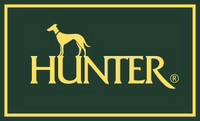
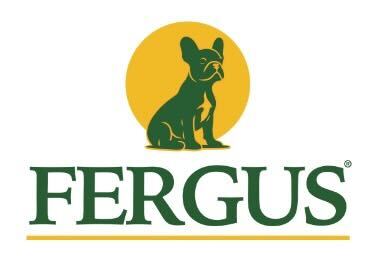
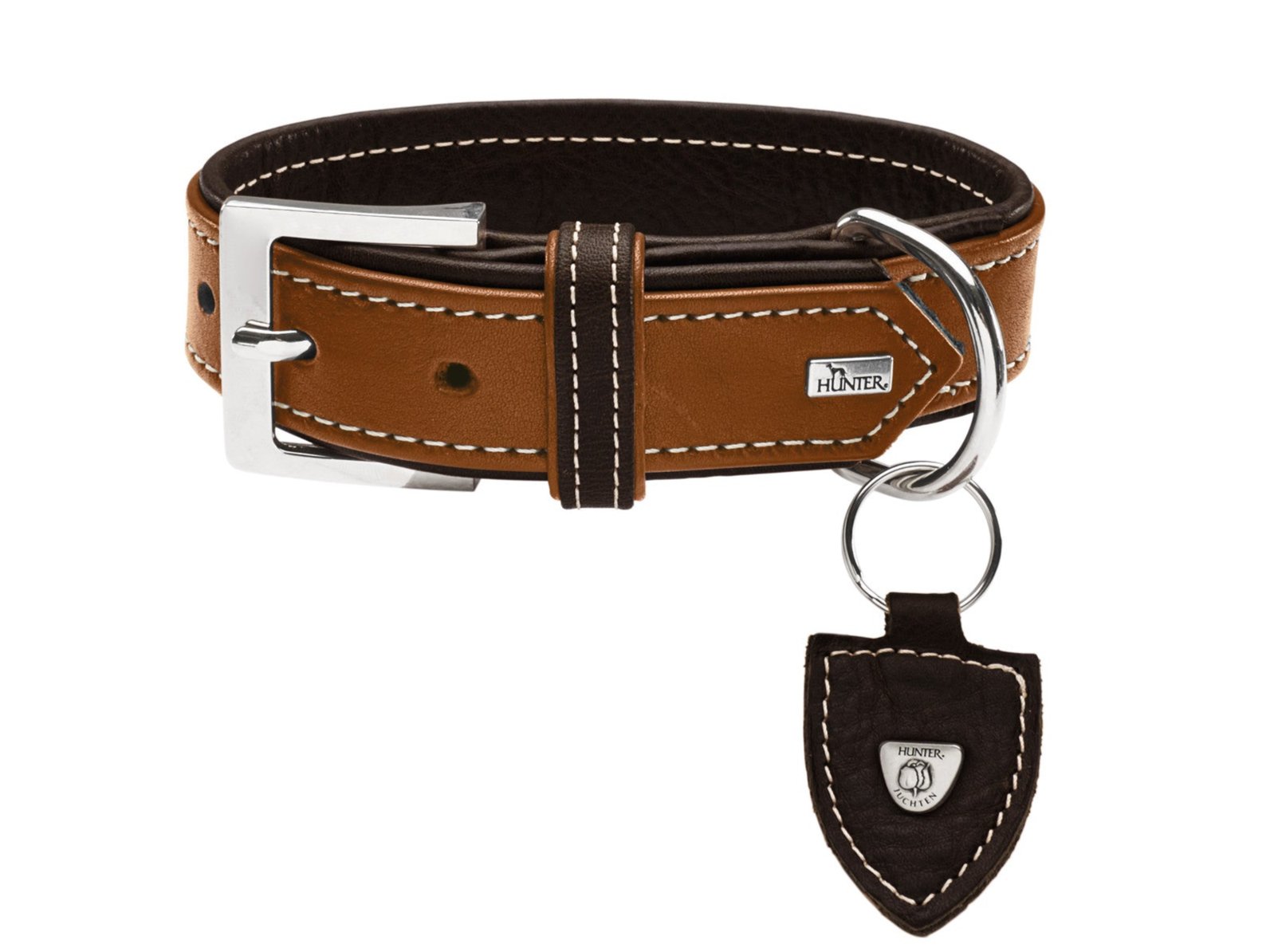

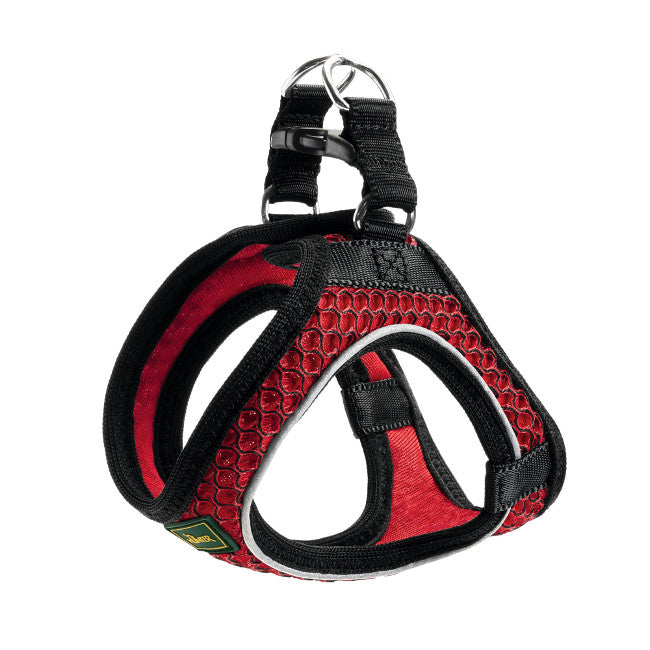
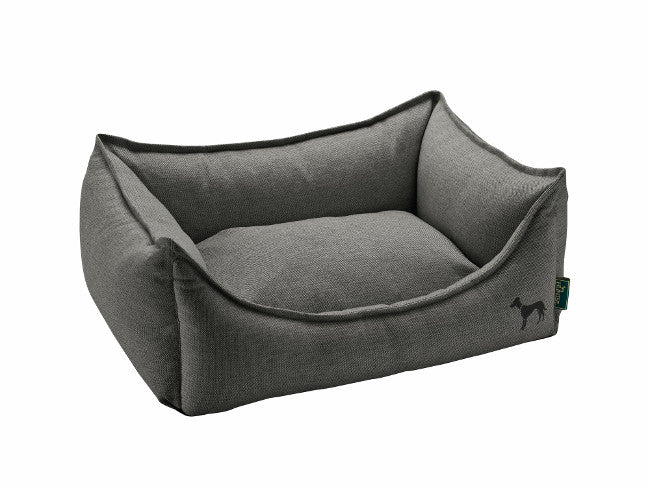
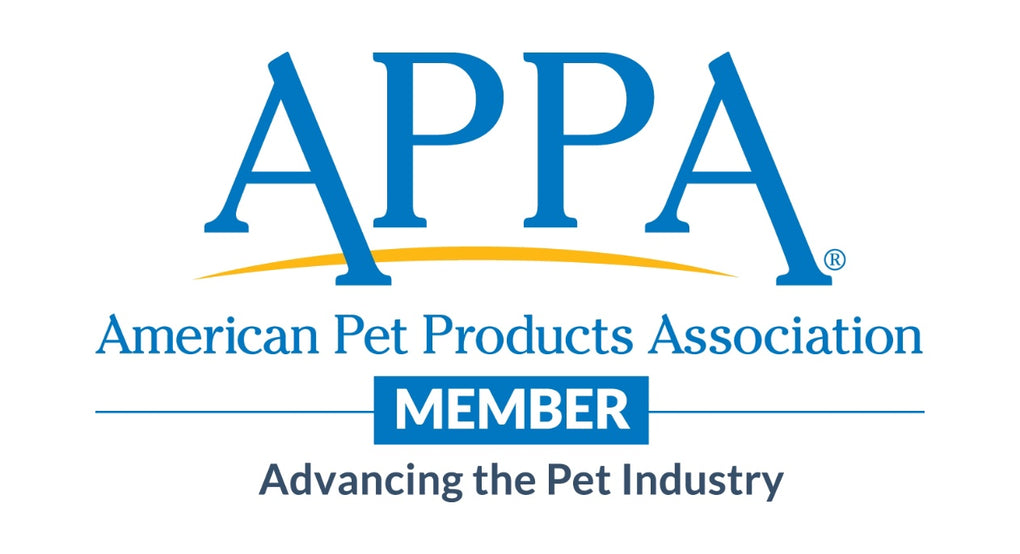
Leave a comment